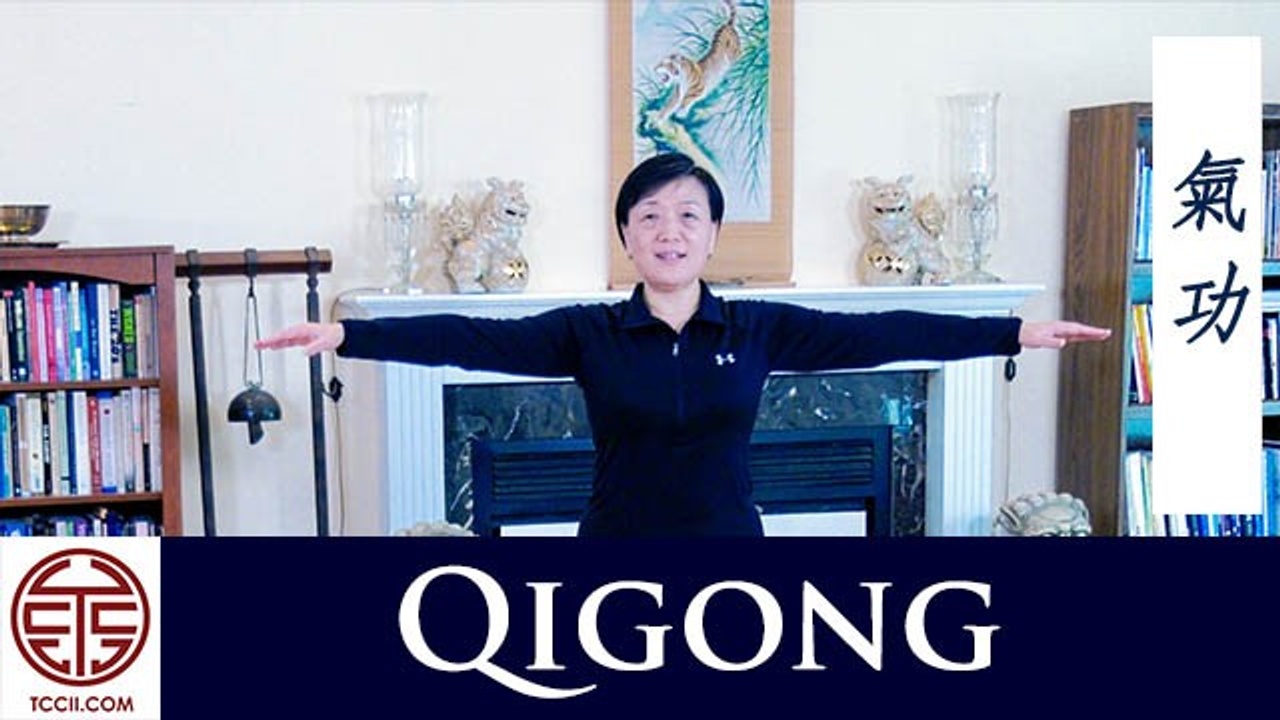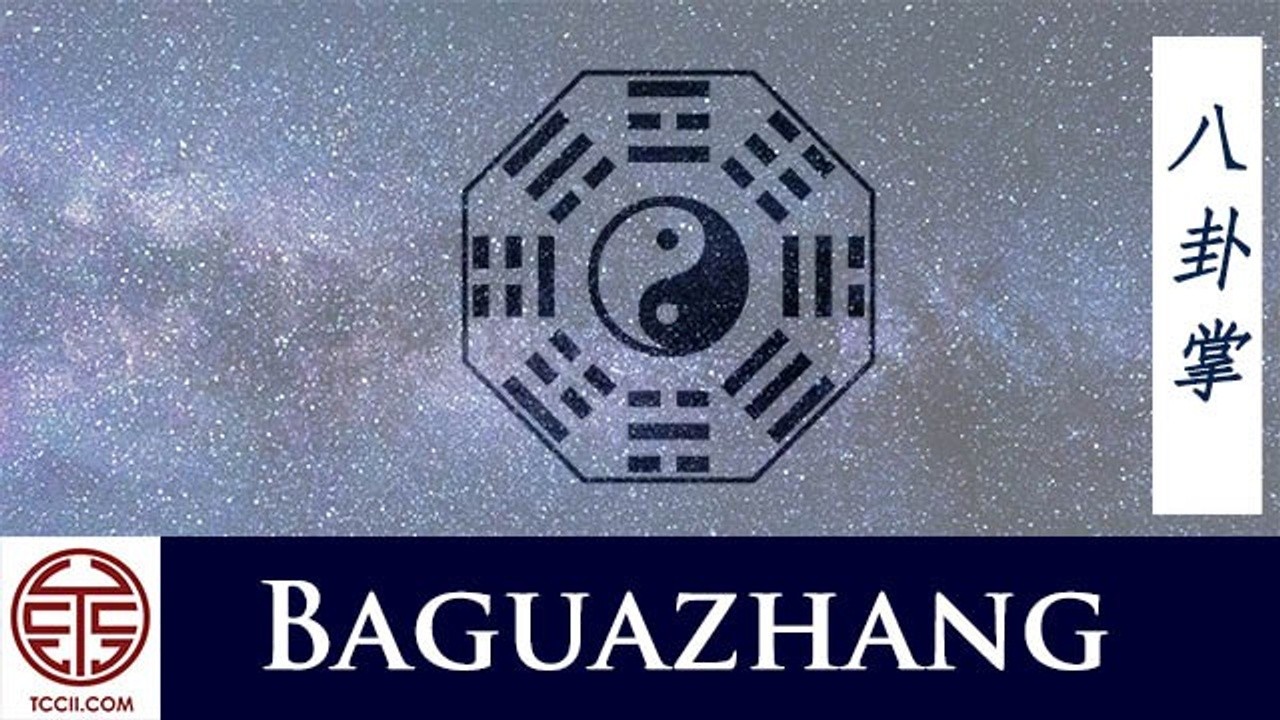Qigong

What is Qigong?
Qigong (氣功, Chi Kung) is an ancient Chinese tradition of self-cultivation and healing. Qi is energy and Gong means work in Chinese, so Qigong literally means to work or cultivate your energy. This practice focuses on opening energy channels, as well as relaxing the body and mind.
There are thousands of schools of Qigong but most fall in a few categories: self-cultivation, healing, and martial arts. Self-cultivation includes the Taoist, Chan (Zen), and Confucian mediation practices. Healing includes self-healing and Bu Qi or emitting Qi to heal others. Martial arts include the Qigong based Internal Kung Fu systems of TaiJiquan (Tai Chi Chuan), Xingyiquan (Hsing-I Chuan), and Baguazhang (Pa Kua Chang). The Wudang Internal Arts Curriculum includes a number of Qigong practices.
One of the most common questions people ask about Qigong is what is 'What is the Difference between Qigong and Tai Chi?" Simply put, Tai Chi is style of Chinese Energy Boxing (Internal Martial Art) that is based on Qigong principles. That is why Tai Chi is practiced as form of health preserving Qigong all over the world.
Classical Chinese Qigong
We teach authentic Classical Chinese Qigong in our programs. The traditional systems contain a large number of practice all designed to improve your mind, renew your body, and enlighten then spirit. They're broken down into a number of sub-categories
Qigong Postures (Standing Posts)
Qigong postures, collectively called Zhang Zhuang, include Wu Ji, the Universal Post, and many other postures. These postures are sometimes referred to as ‘Taoist Yoga.’ There are many variations of these posture, such as the Santi or Three Bodies Stance found in Xingyiquan.
Qigong Moving Sets (Nei Gong sets)
Dao Yin and Nei Gong (Nei Kung) are older terms for Qigong. Dao Yin means to lead and guide while Nei Gong simple means internal work. Moving Nei Gong sets include Neijia Warm up Exercises, Chen Tai Chi Chuan, Wudang Tai Yi Qigong, and Eight Pieces of Brocade and Five Animal Frolics. Most systems of internal Kung Fu have practices that fall into this category. For example, Baguazhang is famous for it's circle walking moving sets.
Qigong Meditation Methods
Meditation methods include relaxation, breathing (Tu Na), mind-body integration, visualization, sounds, and color. Examples include Six Healing Sounds, Five Element Visualization and Guided Meditations.
Medical Qigong
Medical Qigong teaches the student how to use the body's natural energy system to fight disease and sickness. It is based on Chinese methods of breathing and visualization to enhance the body's natural immune system. Medical Qigong includes both self-healing meditation and using external Qi (Chi) techniques, to heal others.
Internal Alchemy (Nei Dan)
Internal Alchemy is the highest level of Qigong. It is used for self-cultivation as well as in the higher levels of the internal Kung Fu systems. Neidan is designed to enhance not only the health of the body, but also the mind and spirit. The training in this art follows a traditional progression.
If you wish to undertake the study of Internal Alchemy you may apply to our Neidan training program.
All Qigong and self-healing techniques are based upon authentic Daoist Qigong (Taoist Chi Kung) and Neidan methods. The major sources include Northern and Southern Quanzhen (Complete Reality), Wudang (Wutang) Longmen Pai, Taiji Gate, and family lineage Chinese Qigong training.
Discover your Qigong online classes today...
The 3 Secret Keys Masterclass
Pay What You Want
Your Journey Starts Here: Unlock the Qi Power of Any Posture, Move or Stance. This is the foundation for all Internal Arts... Taijiquan, Kung Fu, Qigong, Meditation, Baguazhang, Xingyiquan, Wudang...








